If I were to pick a favorite within Triumph’s “TR” range, the honor would fall to the TR6. The sharper styling compared to its predecessors and the wide steel wheels with deep trim rings provide a sense of purpose that was lacking in earlier models. This 1970 TR6 has spent twenty years in storage, but it is a solid and complete vehicle begging for restoration. The seller listed it here on Craigslist in Farmington, New Hampshire. They set their price at $5,000, and I have to say a big thank you to Barn Finder T.J. for spotting another fantastic project car.
Triumph released the TR6 in 1968, with the model soldiering on until 1976. That was well beyond the release date of its successor, the TR7, indicating how well-received these cars were by the buying public. This TR6 wears Sienna paint that appears pretty consistent across its panels. The supplied photo quality is poor, so it is challenging to determine what might be imperfections and what could be genuine paint flaws. The first task for the new owner would be to thoroughly wash this classic because it might reveal some surprises. Although it would be wise to budget for a repaint, attacking the car with polish and performing minor touch-ups could produce positive results. It appears the grinder and welder can stay in the cupboard, with the seller claiming this beauty is rust-free. It is worth noting that the seller indicates the car requires a total restoration. However, potential buyers might find some aspects of the vehicle acceptable in their current state. Opinions will differ, with some enthusiasts preferring to preserve as much originality as possible so their pride and joy can be considered a genuine survivor. The Black convertible top looks okay, although its windows might be slightly cloudy. If the new owner finds its condition unacceptable, the $400 outlay for a replacement could be worthwhile. The trim and chrome might respond well to cleaning and polishing, and the striking wheels and trim rings look excellent.
The TR6 rolled out of the factory in Coventry, England, powered by a 2,498cc six-cylinder engine that sent 103hp to the rear wheels via a four-speed manual transmission. It offered lively performance for a vehicle of this type, allowing the car to nudge 110mph before that six ran out of breath. Okay, this is the moment when some readers may wish to firmly grit their teeth to prevent grinding. The seller states this car ran when parked (sorry!), but that was twenty years ago. It is unclear whether the engine turns freely, but with the dry storage environment, it might take little effort to coax this car back to life. That doesn’t mean that a weekend of tinkering will return it to a roadworthy state because it will probably require brake work, a fuel system clean, and the replacement of some perishable items to achieve that goal. Still, parts are cheap, and completing the work themselves will add to the new owner’s sense of satisfaction when they wheel this baby out of their workshop and return it to its rightful place on our streets.
This Triumph’s interior is an unknown quantity, thanks to the supplied photos. It appears complete, and the seat cover might be okay. The door caps and trims look damaged, the dash cap is cracked, and the carpet has seen better days. Before spending a dime, a deep clean would be a wise first move in preparation for compiling a shopping list. Most small parts aren’t expensive, but if the buyer can minimize costs, it will improve the vehicle’s profit potential if considered a long-term investment.
With classic British sports cars enjoying a solid following, it is worth contemplating what this 1970 Triumph TR6 offers potential buyers. It is a rust-free and complete vehicle that requires a cosmetic refresh and a mechanical revival, most of which a competent owner could potentially tackle in a home workshop. Considering that approach would minimize labor costs, cutting a considerable sum from the build budget. Although it is possible to stumble across the occasional TR6 for around $15,000, most fetch prices well north of $20,000. Considering the asking price, that leaves plenty of room to move before this restoration becomes financially questionable. This little Triumph has only been on the market a few days, and I believe it will probably find a new home fairly quickly.
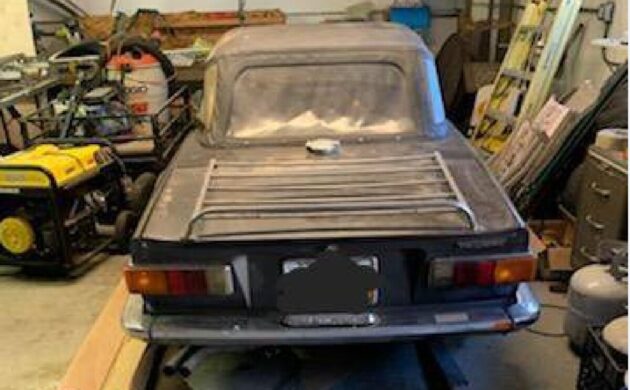
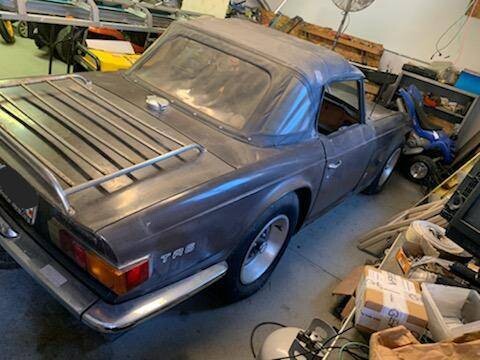
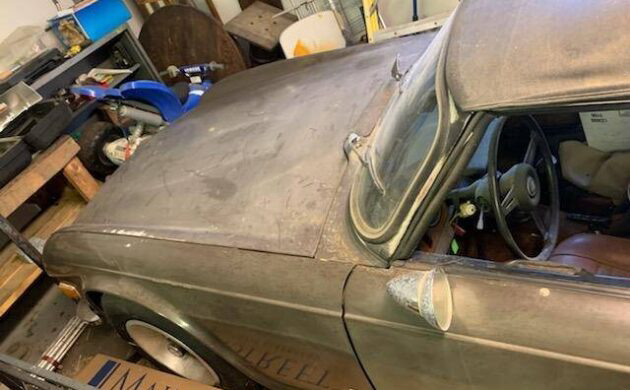
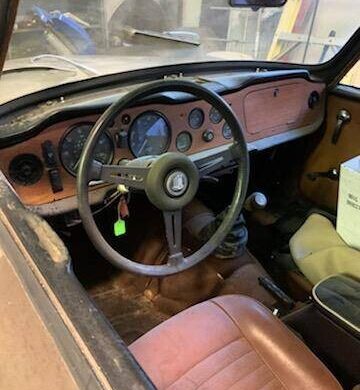
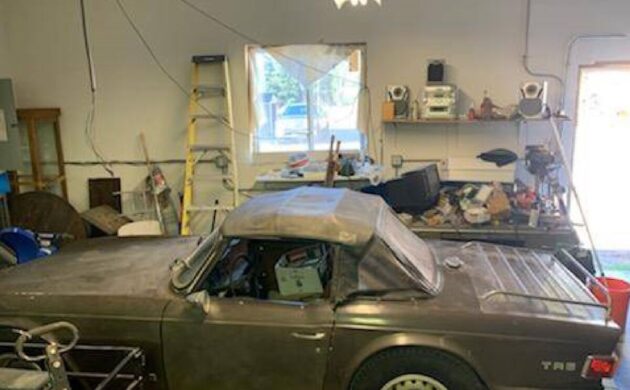







I bought a ’74-1/2 TR6.The engine was froze up.
The seller let me take it & put it in my garage to look
it over before I bought it.
I shot some Marvel Mystery Oil down the spark plug
holes & tapped the starter time to time.I finally loosened
up,& held a decent idle.The body was rust free,except for
where the front spoiler mounted to the body.I then paid
him $2000 for it,& kept it for about twenty years.
The best thing I did was sell it to a guy in Sacramento.
That way I didn’t have regrets for selling it,as I never saw
it driving around after that.
If this one is actually rust free, then it is a good value at $5000.
Check the rear trailing arms!
Potential for a decent car.
In Australia I believe these and previous models all came with wire wheels. I can never understand why most of them I see for sale in the US have steel wheels. The wires (particularly if someone decides to have them chromed) look many times better and realistically it’s what the car was always meant to have. Maybe they think that wires are more prone to rust issues in the States but thankfully that’s not really a problem here.
I had a TR4A with wire wheels. While I did like the appearance, they weighed significantly more than the stamped steel wheels. The splined hub adapters must be considered as additional unsprung weight. I will never own wire wheels again. Styled steel or period correct alloys are the way to go IMHO.
I wonder who “they” were that you mention. Who made the decision to ship mainly the standard wheel package to the states instead of the optional wire wheels.
Richard. Yes, in the region that I lived in, wire wheels would become rather shabby if driven in the winter. My TR4 was well past 100k miles when I bought it. Many spokes were snapping due to corrosion. While I like the wire wheels on earlier Triumphs, I guess that I associated the TR6 with the styled steel wheels. Honestly I thought the wires looked out of place on the TR6. It made it seem more dated. Maybe it is just what I got used to, steel wheels and redline tires. Panasports, and a few other alloys were always a pleasant sight on a TR6.
I had a 70 TR 6 years ago (and a 71 GT 6). The six cylinder in the TR I believe was a 1500 cc motor (GT WAS 2000). Still plenty of power to get it down the road. The GT had sat a few years and when I got to tinkering with it again I had to replace the slave cylinder for the clutch but other than that she started right up after I cleaned the plugs and put fresh gas in it.
GT6 was 2 liter, TR6 was 2.5 liter.